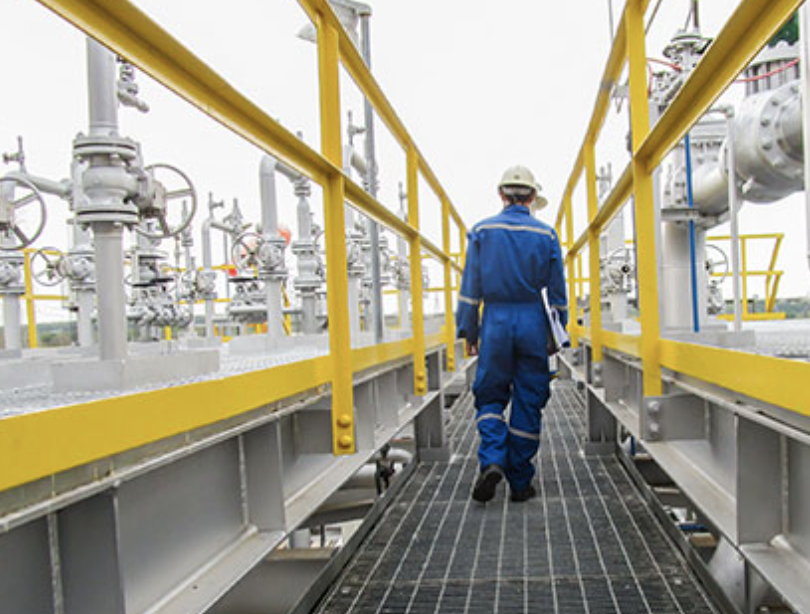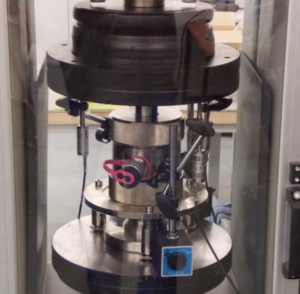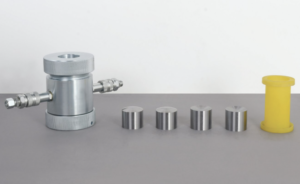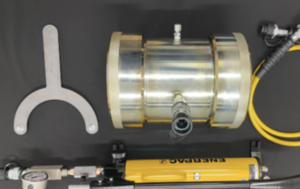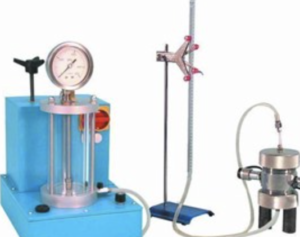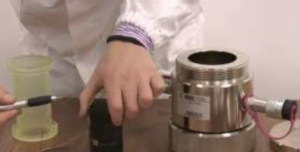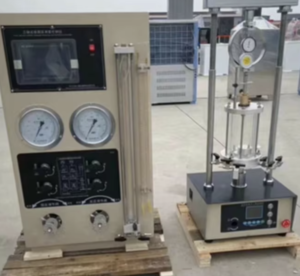Top 10 Applications of Pneumatic Pressure Controllers in Advanced Geotechnical Research
Precise pressure makes research calmer. Pneumatic controllers give me steady cell and back pressure, so stress paths, saturation, and permeability behave like they should—without drama.
Pneumatic pressure controllers deliver fast, low-overshoot ramps and stable holds for cell/back pressure. They sharpen stress paths, speed saturation, enable precise heads for permeability, and script cyclic loads for dynamic studies.
Let’s explore stress paths, saturation/permeability, unsaturated soils, and cyclic/dynamic programs—practically and step by step.
How Do Pneumatic Controllers Enhance Accuracy in Triaxial Stress Paths?
Stress paths are choreography. Pneumatic controllers synchronize cell and back pressure so p′ and q move exactly as planned, not approximately.
Closed-loop pneumatics1 track constant-p′, K₀, and custom paths with minimal overshoot and lag—tightening repeatability and shrinking scatter across specimens.

When I plan a stress path, I picture a duet: the axial system drives q; the pneumatic controller shapes σ₃ and back pressure to hold the chosen p′. Manual regulators wobble—overshoot a little, undershoot a little—and that tiny dance shows up as fake stiffness or noisy Δu. With closed-loop pneumatics, I can preview a ramp, cap rates, and execute micro-steps that keep effective stress honest. For constant p′ shearing, the controller raises σ₃ while adjusting u_b so p′ stays fixed as q increases. For K₀ consolidation, it nudges confinement to follow lateral stress ratios without bouncing. In true triaxial/advanced cells, multi-channel coordination matters even more; synced channels avoid phase errors that pollute paths. I also log setpoint vs achieved to audit the day we had an odd spike—the log made it easy to prove the specimen, not the controller, caused the hiccup. Practical tools help: a path planner to script segments, rate limiters to protect soft clays, and a leak precheck before any profile. See my stress-path planner here, rate-limit notes here, and leak precheck here.
Quick comparison (tracking quality)
| Metric | Manual/weights | Pneumatic |
|---|---|---|
| Overshoot | Common | Rare/low |
| Path error (p′) | Variable | Tight control |
| Repeatability | Tech-dependent | Program-driven |
| Audit trail | Sparse | Full logs |
Top 10 research applications (stress-path flavored): constant-p′ CU/CD, K₀ loading, stress reversal mapping, bonded soil degradation, strain-path tests, partial drainage studies, high-rate preconditioning, creep under fixed p′, cyclic biasing before liquefaction, and progressive failure tracking—simple scripts live here.
What Is the Role of Pneumatic Systems in Soil Permeability and Saturation Testing?
Permeability and saturation love quiet pressure. Pneumatics hold tiny heads and stable back pressure so k and B-value stop wandering.
Pneumatic controllers2 set micro-heads for flexible-wall permeability3 and step back pressure for saturation—cutting leaks, noise, and time-to-B.
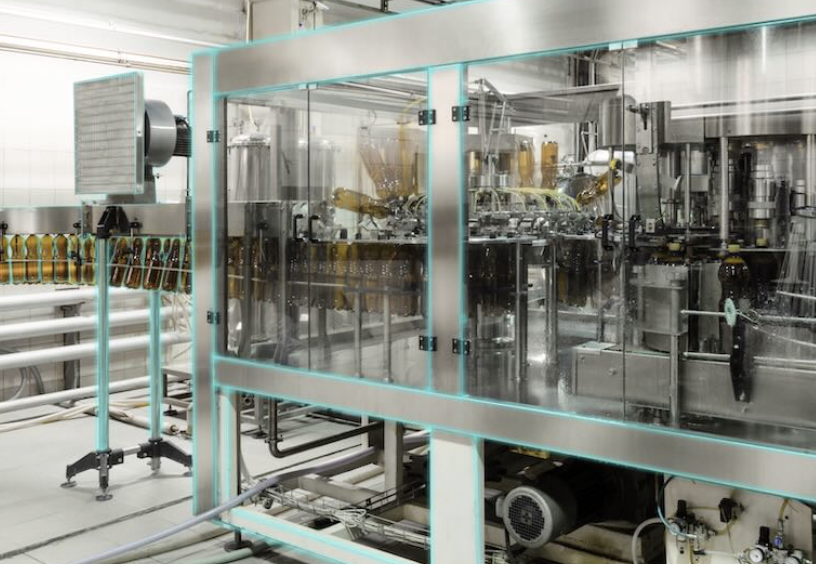
Flexible-wall permeability demands gentle, steady heads. I use pneumatics to lock a few kilopascals (or less) without drift, so Darcy’s law holds and the calculated k is real. For low-k clays, even a tiny wobble skews gradients; a good controller removes that bias. During back-pressure saturation, I script 25–100 kPa steps (soil-dependent), trimming cell pressure to keep σ′ ≈ 2–5 kPa. Between steps, I run short holds; if volume drift is near zero, I move on. Add a CO₂ flush and de-aired water chain to evict stubborn bubbles. The controller’s stability makes B-checks boring: crisp +20 kPa pulses and clean Δu readings. When k-tests run long, that same stability stops thermal or line noise from creeping into results. If an equalization stall appears, I back-flush porous stones and verify valve seats. For technicians, programmable profiles lower stress—everyone runs the same dance, and our setpoint/actual logs keep auditors happy months later. Grab my permeability head map here, saturation step card here, and CO₂/de-air SOP here.
Micro-head guide (flexible-wall)
| Soil | Typical head | Note |
|---|---|---|
| Soft clay | 0.5–2 kPa | Avoid boundary leakage bias |
| Silt | 1–3 kPa | Watch temperature drift |
| Fine sand | 2–5 kPa | Guard against piping |
How Are Pneumatic Controllers Applied in Unsaturated Soil Research?
Unsaturated testing needs precise suction. Pneumatics enable axis translation4 and careful wetting–drying loops without shocking the specimen.
By controlling air and water pressures across high-air-entry disks, pneumatics set matric suction, trace SWCC, and run repeatable suction-controlled shear tests5.
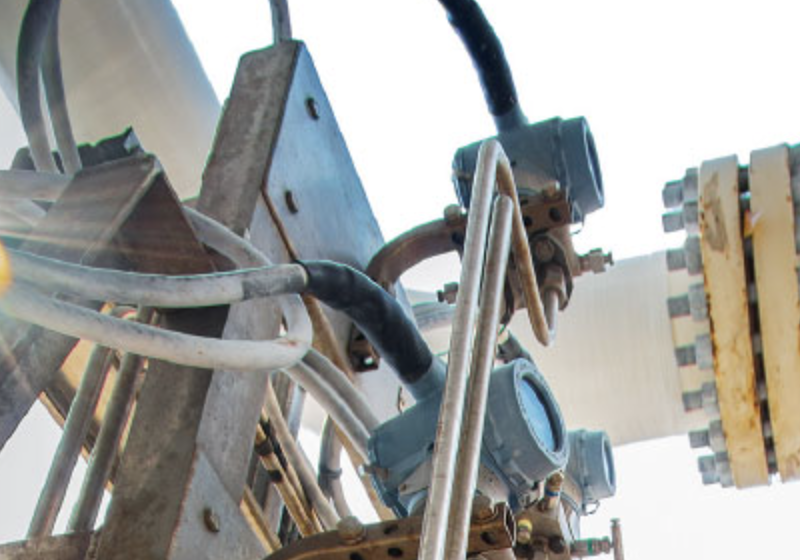
In unsaturated work, we live in the world of matric suction (s = u_a − u_w). Pneumatic controllers let me set u_a with fine resolution while holding u_w, or vice versa, across a high-air-entry ceramic so air stays air and water stays water. That’s axis translation in plain language. With it, I can trace a soil-water characteristic curve (SWCC) by stepping suction and logging water content or volume change—slowly enough to avoid occluded bubbles or fabric damage. For suction-controlled shear, I precondition along a target suction, consolidate, then shear while monitoring suction stability; good controllers prevent the tiny overshoots that would fake apparent cohesion. During wetting–drying cycles, rate caps keep hysteresis meaningful, not an artifact of pressure spikes. Safety matters too: over-suction risks disk cavitation; scripts with limits save disks and days. I pair pneumatics with dew-point or chilled-mirror checks to spot thermal drift. My unsaturated setup checklist is here, SWCC stepping plan here, and suction-shear script here.
Axis translation essentials
| Quantity | Symbol | Controlled by |
|---|---|---|
| Air pressure | (u_a) | Pneumatic air line |
| Water pressure | (u_w) | Pneumatic water line |
| Suction | (s = u_a – u_w) | Program logic |
| Disk spec | AEV | Choose > target suction |
Why Are Pneumatic Controllers Critical for Cyclic and Dynamic Geotechnical Studies?
Dynamic tests need clean waveforms. Pneumatics script pulses and cycles without overshoot—so liquefaction and modulus degradation data hold up.
Programmable pneumatics6 deliver synchronized sinus7, square, and custom pulses to cell/back pressure—reducing phase error and enabling reliable Ru buildup and stiffness tracking.
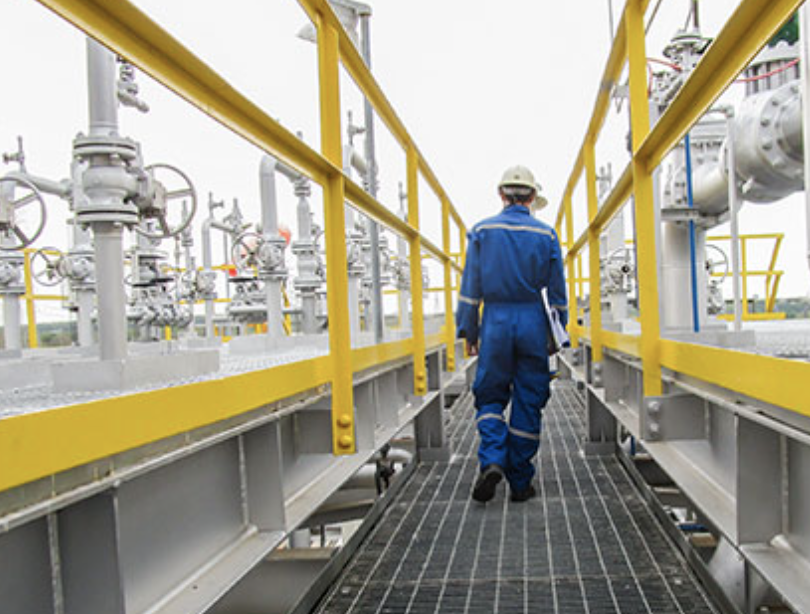
Cyclic and dynamic programs collapse if your waveforms smear. I use pneumatic controllers to generate clean, bounded wave shapes at the cell and back-pressure lines while the axial system cycles stress or strain. For liquefaction studies, the back-pressure channel stabilizes saturation and filters pore-pressure spikes; the cell channel applies cyclic confinement without drift. In cyclic simple shear or high-rate triaxial, syncing the pneumatic channels with the load frame avoids phase errors that would shift Ru curves or apparent damping. I cap slew rates to protect soft soils, taper wave onsets to prevent shocks, and log every cycle’s setpoint vs achieved to catch subtle thermal creep. When we moved from manual pulses to scripted pneumatics, the same sand produced tighter cycles-to-trigger and repeatable modulus loss. It also cut retests because holds between blocks stayed flat. Helpful assets: a waveform deck with sin/tri/ramp blocks, a phase-sync checklist, and a post-run audit that overlays actuator logs with pore-pressure traces. Access those: waveform deck here, phase sync here, audit overlay here.
Waveform snapshot
| Parameter | Typical range | Note |
|---|---|---|
| Frequency | 0.01–5 Hz | Match drainage regime |
| Amplitude | 5–100 kPa | Respect membrane limits |
| Rise time | Scripted | Taper to avoid shocks |
Conclusion
Pneumatics make pressure quiet and predictable—so your stress paths, saturation, unsaturated tests, and cyclic studies tell the truth.
-
Explore this link to understand how closed-loop pneumatics enhance precision and efficiency in various industries. ↩
-
Explore this link to understand the functionality and benefits of pneumatic controllers in various applications. ↩
-
Discover the importance of flexible-wall permeability in engineering and its impact on material performance. ↩
-
Understanding axis translation is crucial for optimizing pneumatic systems and enhancing testing precision. ↩
-
Exploring suction-controlled shear tests can provide insights into soil mechanics and improve testing methodologies. ↩
-
Explore this link to understand how programmable pneumatics enhance testing accuracy and reliability. ↩
-
Discover the advantages of synchronized sinus pulses for precise measurements in dynamic tests. ↩

